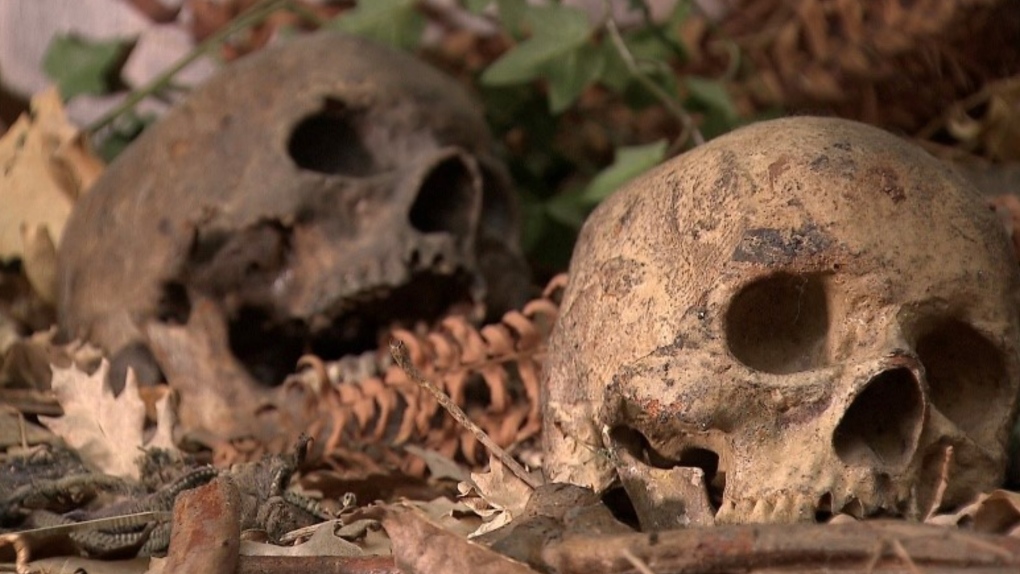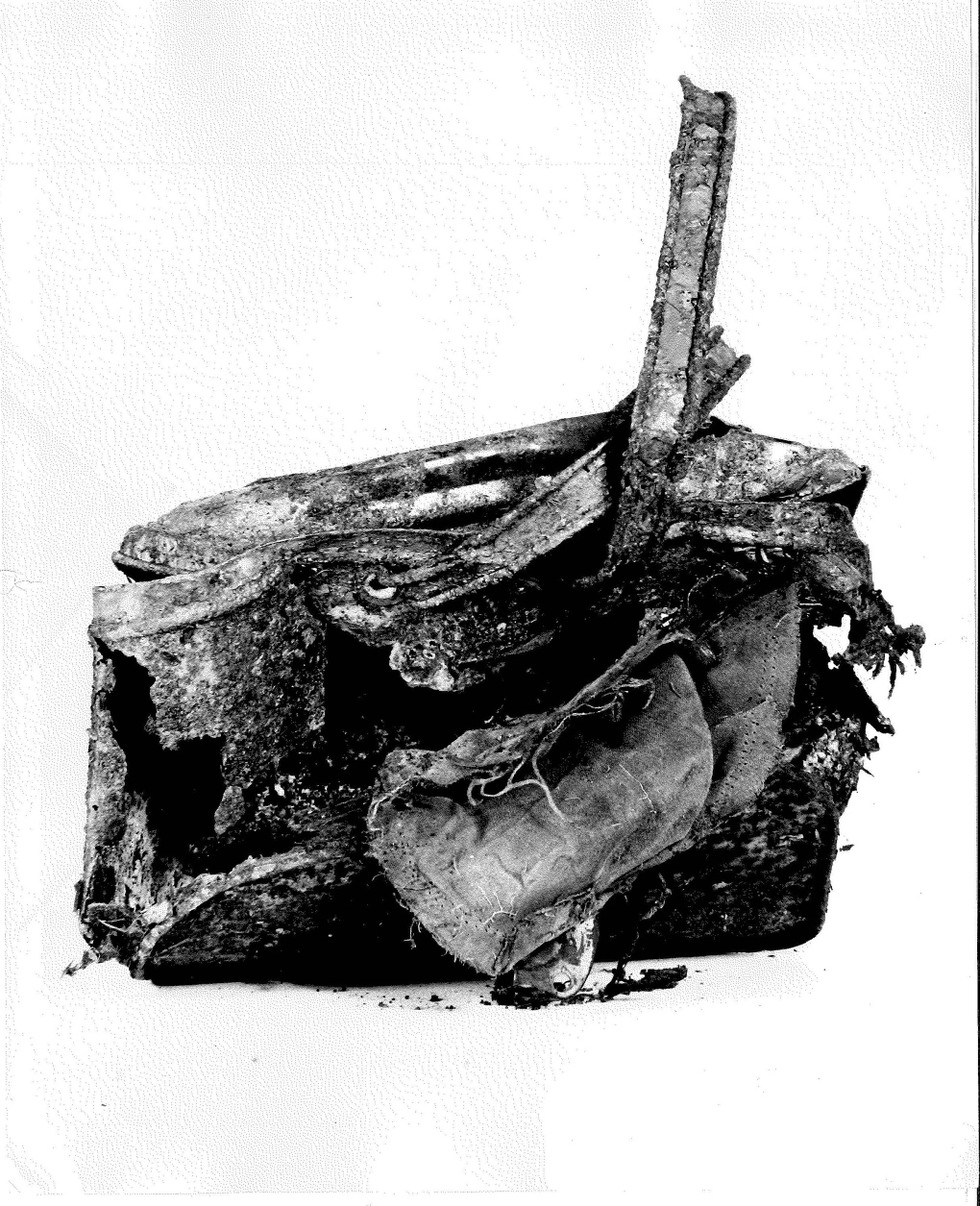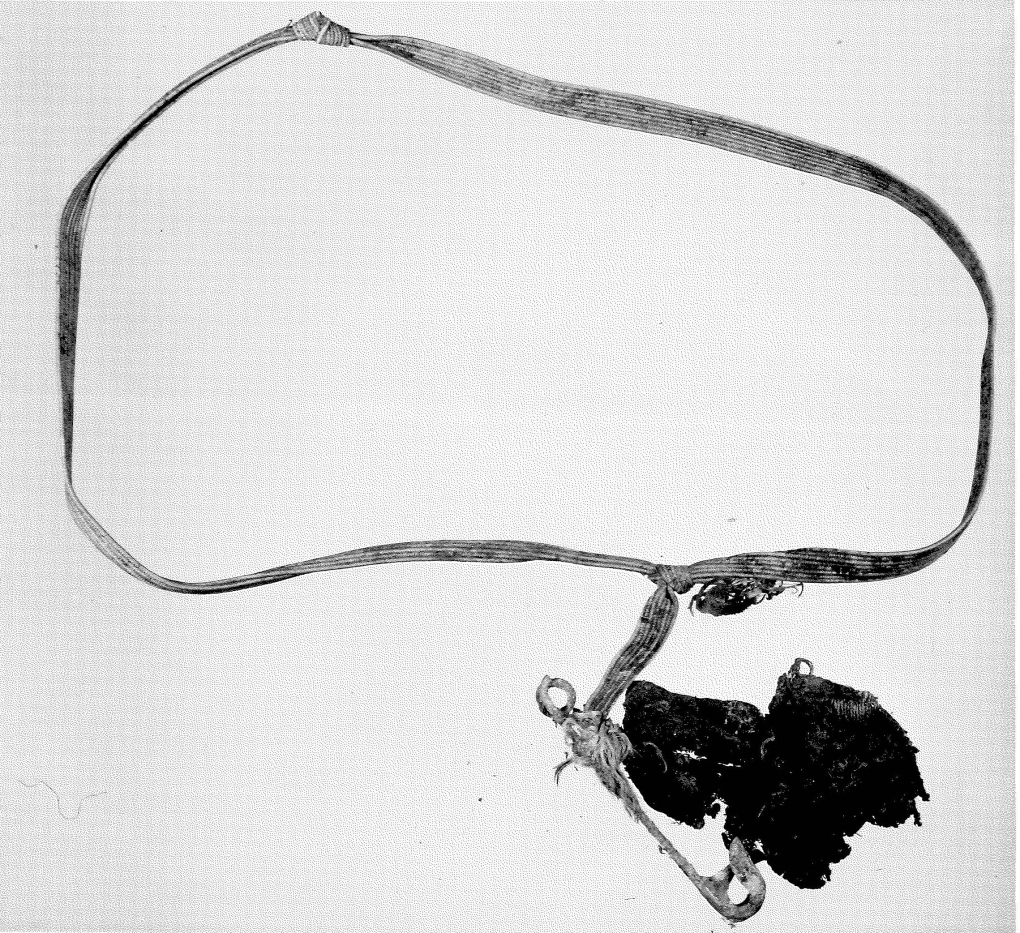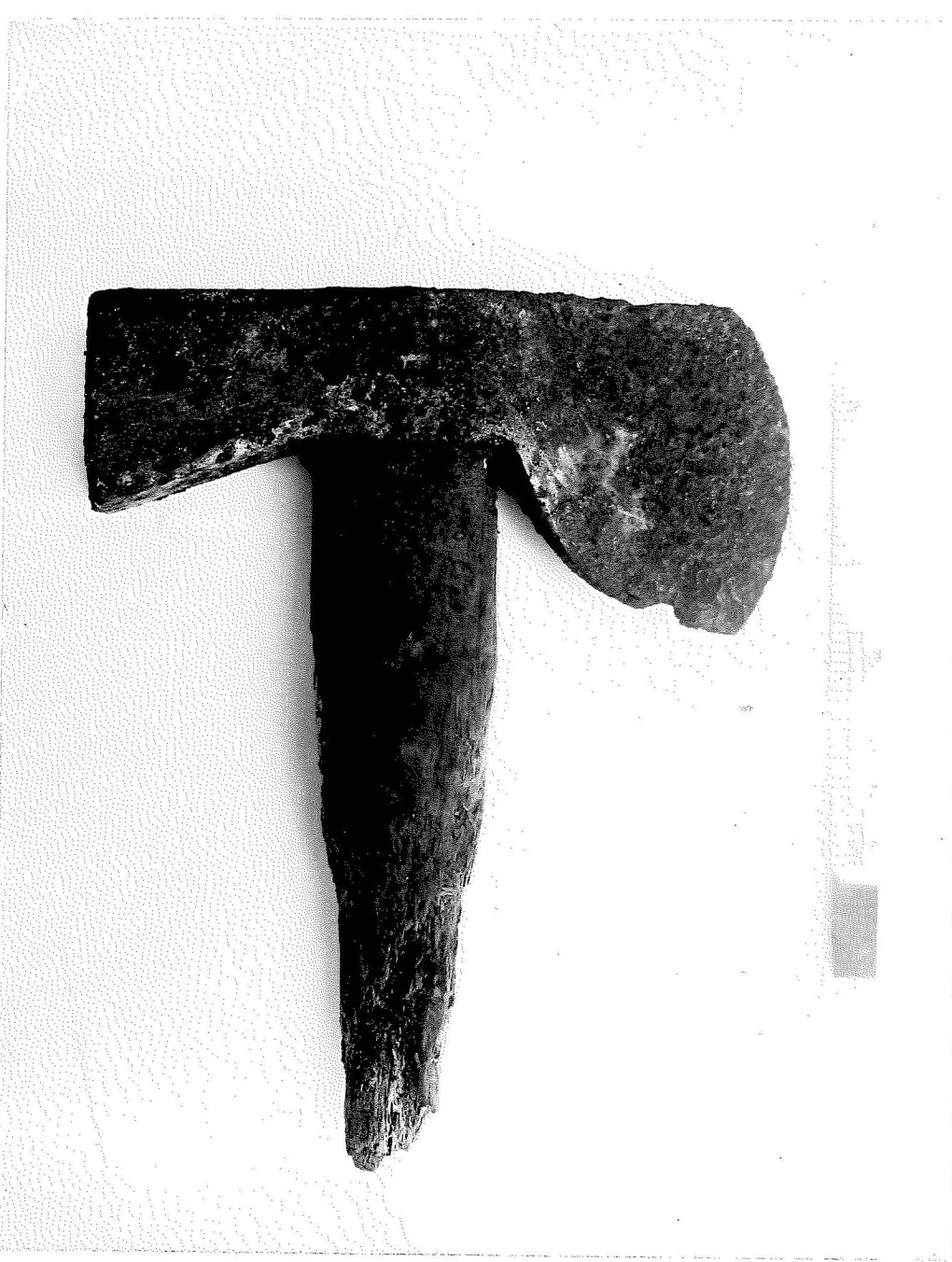What happened to the 2 children found dead in Stanley Park? An update on an old Vancouver cold case
 The site of the discovery of the 'Babes in the Woods' remains is seen in an image from Vancouver police.
The site of the discovery of the 'Babes in the Woods' remains is seen in an image from Vancouver police.
A grisly discovery was made at the site of one of Vancouver's most popular tourist destinations nearly seven decades ago.
The bodies of two young boys, believed to be below the age of 10, were found in Stanley Park on Jan. 15, 1953. The boys had obvious head wounds and their bodies were covered up.
A woman's fur coat, a picnic basket of food and a hatchet that was likely the murder weapon were found nearby.
Who were they? It's still not known 69 years after the boys' remains were found. It's not even known when exactly the boys were killed, as their remains were already skeletal when discovered by a park groundskeeper.
The remains of the so-called "Babes in the Woods" have been examined several times over the years, but they've never been identified, beyond that they were half-brothers.
As far as cold cases go, this one is pretty frosty. But is it possible the case is starting to thaw?
Last year, Vancouver police announced a partnership with an American genetic genealogy company, saying they hoped the group would be able to figure out more about the children, maybe leading police to further answers.
Officers said last spring they hoped advanced DNA testing and tracing would reveal the boys' identities, or link them to someone who knew their story.
 The skulls of Vancouver's 'Babes in the Woods' are seen in a display at the Vancouver Police Museum.
The skulls of Vancouver's 'Babes in the Woods' are seen in a display at the Vancouver Police Museum.
The team that may be able to connect police to the boys' relatives is Redgrave Research Forensics Services.
In October, the Massachusetts-based company posted in an update on its website that, sadly, the first attempt to sequence DNA data collected from the remains was not successful. But it was told that a lab at Lakehead University, in northern Ontario, was able to get a more substantial extraction, and the team was feeling optimistic.
 A picnic basket tied to the 'Babes in the Woods' case is seen in an image from Vancouver police.
A picnic basket tied to the 'Babes in the Woods' case is seen in an image from Vancouver police.
No updates were posted after that, until last month, when Redgrave shared some positive news for those hoping for answers.
In January, the team was notified by yet another party working on the case – Saber Investigations, a company that works on cold cases and helps adoptees find their birth families – that a second attempt to sequence the DNA of the older of the two boys had been a success.
 A belt associated with the 'Babes in the Woods' case is seen in an image from Vancouver police.
A belt associated with the 'Babes in the Woods' case is seen in an image from Vancouver police.
As a result, Redgrave Research was able to upload his DNA data to GEDmatch, a website that allows those who've taken a DNA test to compare their results to others around the world. The site compiles results from other companies including 23andMe, Ancestry, LivingDNA, MyHeritage and more.
"Our team of forensic genetic genealogists got to work analyzing the DNA profile and building our trees of cousin matches right away, and we are feeling very optimistic," Redgrave Research wrote in a post on its website.
"We are fully dedicated to reaching an ID, and hope that we will have more good news to share with you on this historic case soon!"
So for now, questions remain. But the answers are starting to seem less distant.
 A hatchet believed to be the murder weapon in the 'Babes in the Woods' case is seen in an image from Vancouver police.
A hatchet believed to be the murder weapon in the 'Babes in the Woods' case is seen in an image from Vancouver police.
CTVNews.ca Top Stories

Joly, Blair condemn anti-NATO protest in Montreal that saw fires, smashed windows
Federal cabinet ministers condemned an anti-NATO protest in Montreal that turned violent on Friday, saying 'hatred and antisemitism' were on display.
Canada's top general takes on U.S. senator in defending womens' role in combat units
Canada's top general firmly rejected the notion of dropping women from combat roles — a position promoted by president-elect Donald Trump's nominee for defense secretary — at a security forum underway in Halifax today.
Transit supervisor assaulted with 'torch' made of hairspray can and lighter: police
A Winnipeg man has been charged after a transit supervisor was assaulted with a makeshift torch in the city’s downtown area Friday morning.
Canada Post down eight million parcels amid strike as talk carry on over weekend
Canada Post says it has seen a shortage of more than eight million parcels amid the ongoing strike that has effectively shut down the postal system for nine days compared with the same period of 2023.
NEW Thinking about taking an 'adult gap year'? Here's what experts say you should know
Canadian employees are developing an appetite for an 'adult gap year': a meaningful break later in life to refocus, refresh and indulge in something outside their daily routine, according to experts.
'Her shoe got sucked into the escalator': Toronto family warns of potential risk of wearing Crocs
A Toronto family is speaking out after their 10-year-old daughter's Crocs got stuck in an escalator, ripping the entire toe area of the clog off.
Walking pneumonia is surging in Canada. Is it peaking now?
CTVNews.ca spoke with various medical experts to find out the latest situation with the typically mild walking pneumonia in their area and whether parents should be worried.
Canada's tax relief plan: Who gets a cheque?
The Canadian government has unveiled its plans for a sweeping GST/HST pause on select items during the holiday period. The day after the announcement, questions remain on how the whole thing will work.
Prime Minister Trudeau attends Taylor Swift's Eras Tour in Toronto with family
Prime Minister Justin Trudeau is a Swiftie. His office confirmed to CTV News Toronto that he and members of his family are attending the penultimate show of Taylor Swift's 'The Eras Tour' in Toronto on Friday evening.

































